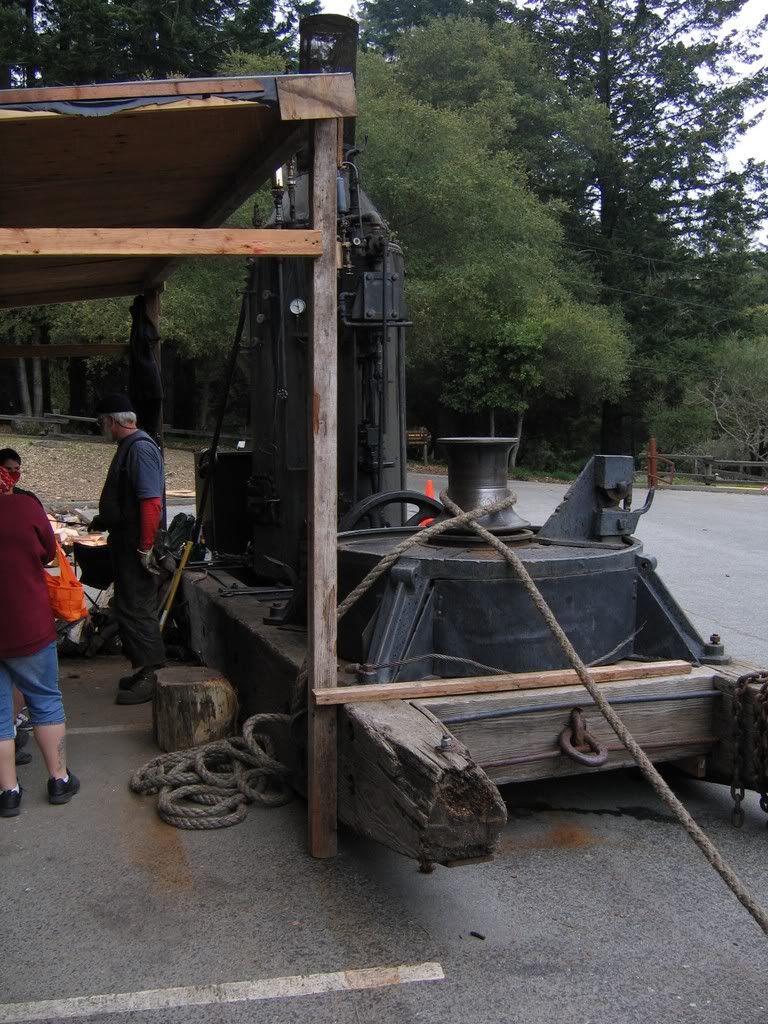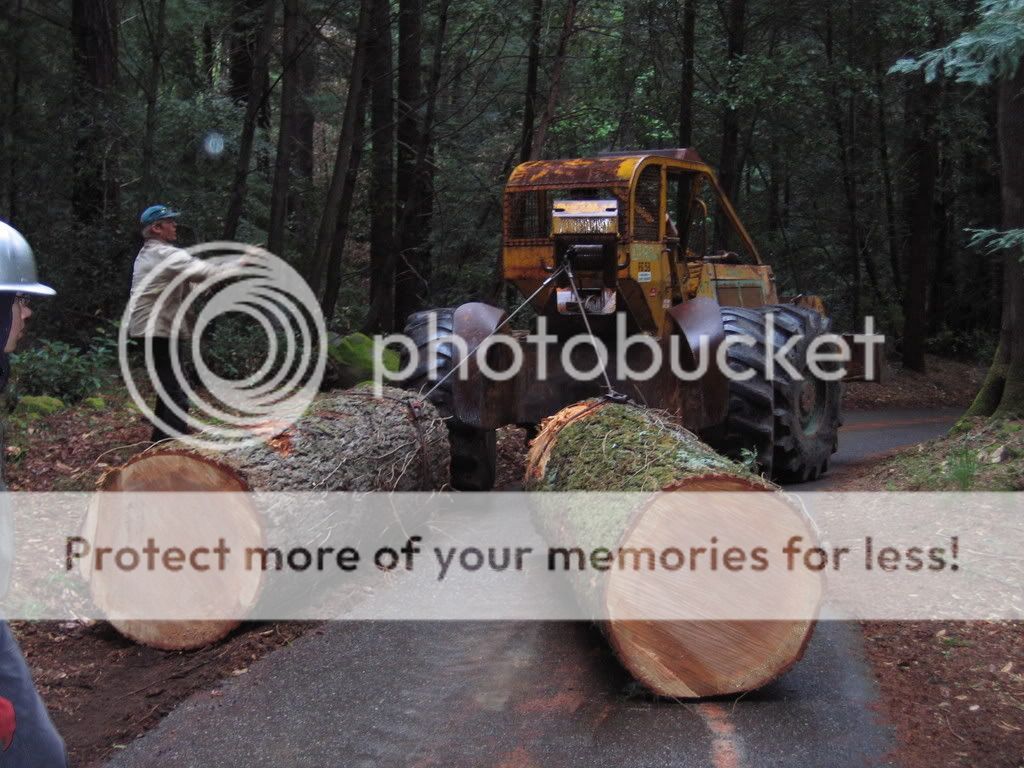Humptulips
ArboristSite Guru
I got nothin. How about another hint?
Well chaser comes from ground logging where on a long skid road the chaser followed the turn to the landing as in chased the turn. There would be a jerk line along the road and if the turn kicked out of the road someone had to be able to stop it so he would jump off and blow the stop with the whistle.
A PF man is another name for a chaser at the time and refers to the man riding the pig with the second word starting with f and seven letters long. Loggers have never been known for polite language more atuned to this forum.










